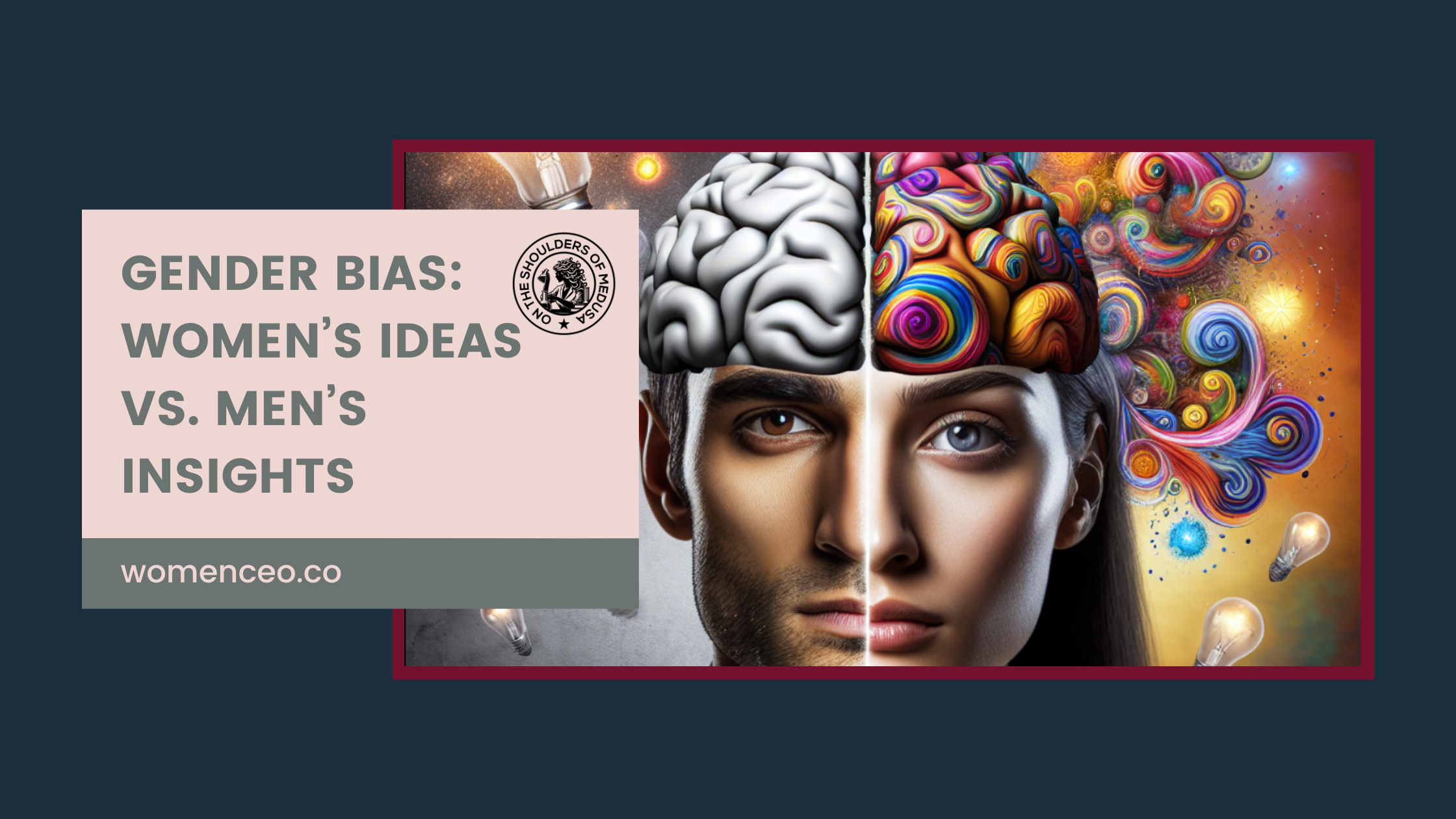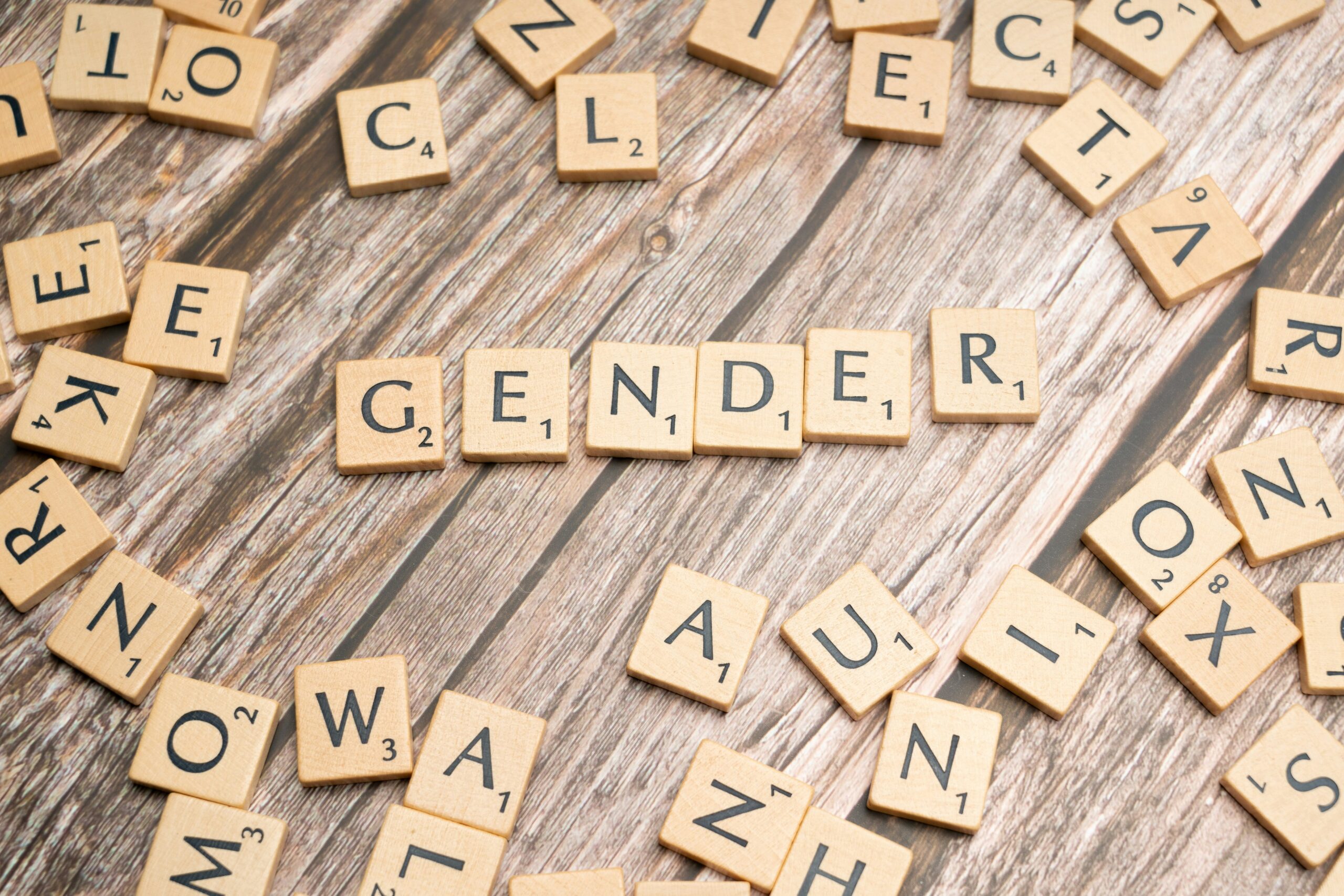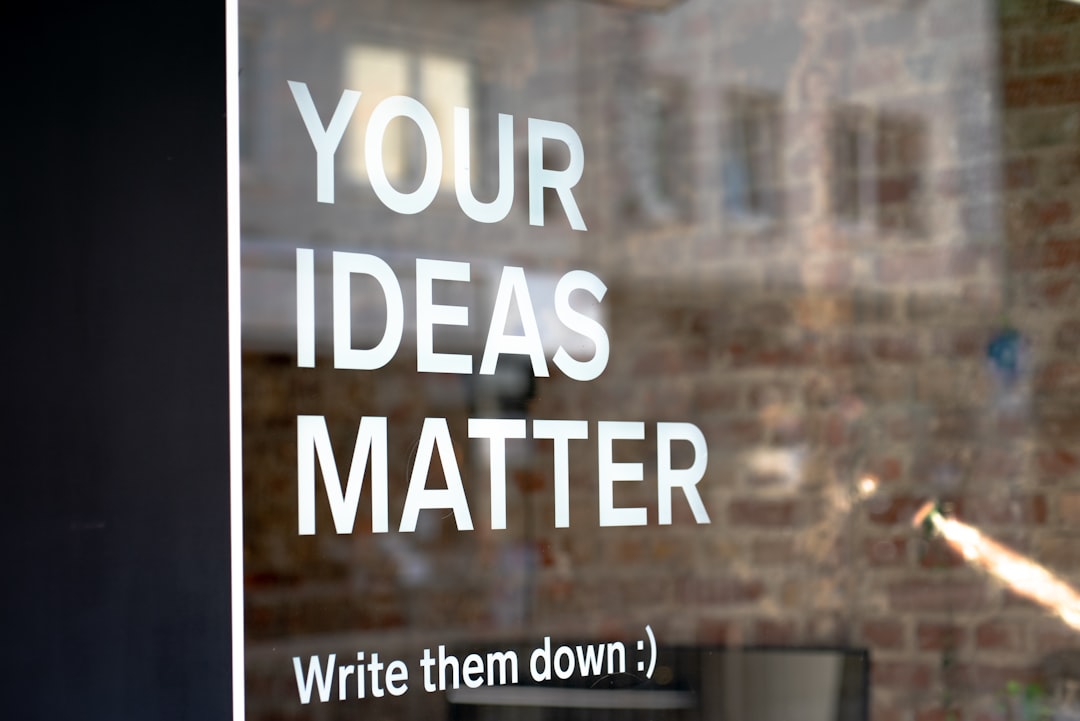
Gender Bias: Women’s Ideas vs. Men’s Insights
Gender Bias: Women’s Ideas vs. Men’s Insights
Gender bias significantly impacts creative thinking and idea generation. It affects how women’s ideas are perceived compared to men’s insights. This difference in perception raises important questions about equality in professional environments.
In this article, we will explore the role of gender differences in how ideas are received. We will also examine studies that reveal these biases and their implications. Finally, we’ll discuss strategies to address this critical issue.
Understanding the Gender Gap in Idea Reception
The Roots of Gender Bias
Gender bias is a deeply ingrained societal issue that affects many aspects of life, including the workplace. It refers to the preference or prejudice toward one gender over another, often resulting in unfair treatment. In the context of idea reception, gender bias can lead to the undervaluation of women’s contributions simply because of their gender.
Research has consistently shown that when the same ideas are presented by men and women, audiences are more likely to favor the ideas attributed to men. This bias is not limited to any specific industry and can be found in various fields, including business, science, and the arts.

Key Studies Highlighting Gender Differences
Several studies have explored the differences in how ideas are perceived based on the presenter’s gender. One notable study conducted by the Yale School of Management found that both men and women were more likely to rate ideas as more competent and innovative when they were attributed to male authors.
In another study conducted by the University of Washington, participants were asked to evaluate creative ideas in a business setting. The results showed that ideas attributed to male employees were rated significantly higher in terms of originality and value compared to the same ideas attributed to female employees.
These findings suggest that gender stereotypes continue to influence our perceptions, often leading to unequal opportunities for women in professional environments.
Table Option 3: Strategies to Combat Gender Bias in Idea Reception
| Strategy | Action | Implementation Example |
|---|---|---|
| Anonymous Idea Evaluation | Remove identifying information from proposals/ideas | Using submission systems that hide names/gender in initial review phases |
| Structured Feedback Protocols | Standardize how feedback is given to all team members | Creating evaluation rubrics with specific criteria before ideas are presented |
| Bias Awareness Training | Educate team members about unconscious biases | Regular workshops with real-world examples and practical techniques |
| Amplification Technique | Colleagues repeat and credit women’s ideas when shared | “As Sarah mentioned earlier…” reinforcement approach used in Obama administration |
| Diverse Evaluation Teams | Ensure diverse representation among decision-makers | Requiring mixed-gender panels for all significant idea evaluations |
Implications of Gender Bias in Creative Thinking
Impact on Women’s Professional Growth
The disparity in how women’s ideas are received can have significant consequences for their professional growth and career advancement. When women’s contributions are undervalued, they may face challenges in gaining recognition, securing leadership positions, or receiving adequate support for their initiatives.
This bias can also lead to decreased confidence among women, discouraging them from sharing their ideas or pursuing ambitious projects. Over time, this perpetuates a cycle of underrepresentation and limits the diversity of perspectives in decision-making processes.
Effects on Organizational Innovation
Gender bias in idea reception not only affects individual women but also has broader implications for organizations as a whole. Diverse teams that include a mix of genders and perspectives tend to be more innovative and better equipped to solve complex problems. When women’s ideas are undervalued, organizations miss out on valuable insights and creative solutions.
Moreover, fostering an inclusive environment where all ideas are equally considered can enhance team dynamics and collaboration, ultimately leading to better outcomes and increased productivity.

Addressing Gender Bias in Idea Reception
Promoting Awareness and Education
One of the first steps in addressing gender bias is raising awareness about its existence and impact. Organizations can conduct training sessions and workshops to educate employees about unconscious biases and their effects on decision-making.
By understanding how biases influence their perceptions, individuals can become more mindful of their own thought processes and strive to evaluate ideas based on their merit rather than the gender of the presenter.
Implementing Anonymous Idea Evaluation
To minimize the influence of gender bias, organizations can implement anonymous idea evaluation processes. By removing identifying information from idea submissions, evaluators can focus solely on the content and quality of the ideas. This approach helps ensure that ideas are judged based on their potential and not the gender of their originator.
Encouraging Diverse Leadership
Having diverse leadership teams is crucial for creating an inclusive organizational culture. When women are represented in leadership positions, they can advocate for fair treatment and equal opportunities for all employees. Diverse leaders can also serve as role models and mentors, inspiring other women to pursue their goals and contribute their ideas confidently.
Moving Toward Equality in Idea Reception
The Role of Society
Achieving equality in how ideas are received is not solely the responsibility of organizations. Society as a whole plays a role in challenging stereotypes and promoting gender equality. This includes encouraging gender-neutral upbringing, supporting women in STEM fields, and celebrating the achievements of women in various domains.
Individual Contributions
Individuals can also contribute to change by actively challenging their own biases and supporting their colleagues. By consciously valuing diverse perspectives and providing constructive feedback, individuals can help create an environment where all ideas are respected and appreciated.
Celebrating Progress and Continuing the Conversation
While progress has been made in recent years, there is still work to be done to achieve true equality in idea reception. Celebrating successes and acknowledging areas for improvement can drive continuous efforts toward a more inclusive future.

The studies on how women’s ideas are received differently when attributed to men shed light on the pervasive issue of gender bias in creative thinking. By recognizing and addressing these biases, organizations and individuals can work together to create a more equitable environment where all ideas are valued based on their merit. Promoting awareness, implementing fair evaluation processes, and fostering diverse leadership are essential steps in bridging the gender gap and unlocking the full potential of creative thinking in the workplace. As we continue this journey toward equality, let us remember that every idea, regardless of its origin, has the power to shape our world for the better.
What can I do as an individual to reduce gender bias in how ideas are evaluated?
Start by examining your own reactions to ideas based on who presents them. Practice the “amplification” technique by repeating and crediting women’s ideas when shared in meetings. When evaluating ideas, use structured criteria focusing solely on content quality rather than the presenter. If you notice someone’s idea being overlooked, find ways to bring attention back to it with proper attribution. Finally, advocate for anonymous idea submission processes when possible.
What successful strategies have organizations implemented to address gender bias in idea reception?
Successful organizations have implemented blind review processes for proposals and ideas, created diverse evaluation committees with gender-balanced representation, established clear criteria for idea assessment before presentations begin, developed regular bias training with practical applications, and instituted speaking protocols in meetings to ensure equal participation. Some companies also track and publish metrics on whose ideas get implemented, creating accountability and awareness around potential biases.
How can teams or organizations measure whether they’re making progress in reducing gender bias in idea evaluation?
Organizations can track several metrics to measure progress: the ratio of implemented ideas coming from women versus men, speaking time distribution in meetings across genders, promotion rates for individuals who regularly contribute ideas, and anonymous feedback surveys asking about perceived fairness in idea reception. Some companies also conduct periodic “bias audits” where they analyze decision-making patterns in projects or initiatives. Longitudinal studies comparing these metrics over time can reveal whether interventions are effective, while qualitative interviews with team members can provide insights into changing experiences and perceptions.
Main Points:
- Research demonstrating how identical ideas are evaluated differently based on gender attribution
- Key studies from Yale School of Management and University of Washington showing measurable bias
- The impact of gender bias on women’s professional advancement and organizational innovation
- Strategies for addressing gender bias in idea evaluation, including anonymous review processes
APA Format:
On the Shoulders of Medusa. (2025). Gender bias: Women’s ideas vs. men’s insights. https://ontheshouldersofmedusa.com/gender-bias-insights/

